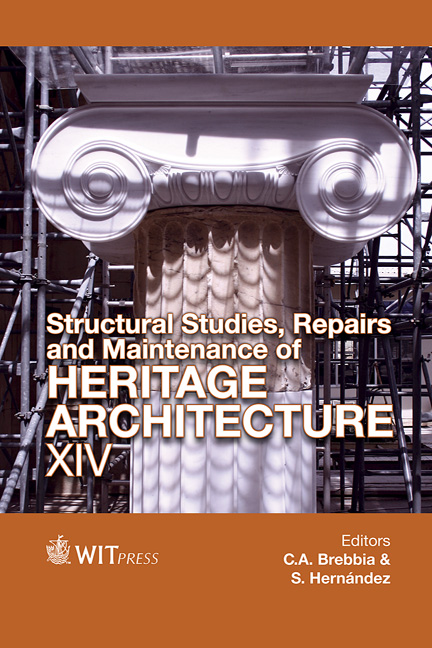Historic Preservation In Aguascalientes, Mexico: Urban Regeneration, New Corporate Centralities And Sustainability
Price
Free (open access)
Transaction
Volume
153
Pages
10
Page Range
125 - 134
Published
2015
Size
2,211 kb
Paper DOI
10.2495/STR150111
Copyright
WIT Press
Author(s)
A. Acosta Collazo
Abstract
The beginning of the 21st century in Mexico saw an increase in neoliberalism politics, including city planning strategies – at national and local levels. Leading sociologist and anthropologist Bartra says that Mexico now is the last wagon train of neoliberalism in Latin America. Cultural resources were also included in these politics with drastic changes –like a sudden increase of loss of built heritage. The positivist projects in the new urban designs – based on economics – may tear down some important historic buildings recently, ignoring also social aspects of the city. Besides this, the city now experiments with new urban centralities –basically corporate centralities – that become new economic poles, fragmenting the historic centre. Some of the macro urban planning projects in Mexico, like the Macro Plaza in Monterrey, the historic centre of Guadalajara and the urban projects of the main Zócalo in Mexico City, are examples of the great scale urban projects that change historic geographies. The new renovation project of Patria Square in Aguascalientes City focuses on the centenary year of the Mexican Revolution Convention of 1914 that took place in the Morelos Theatre. Now, one hundred years after this event, we face a new fragmentation of the old city infrastructure and architecture. The study of urban imaginaries, the macro urban renovations in the historic centre and the new urban centralities of the city could contribute to design good practices for the preservation and sustainability of built heritage. Also, the analysis of new urban corporate centralities versus the old centrality could determine if sustainable urban management can be achieved. The results of the paper show that tearing down buildings is not the best solution in historic preservation. Also there are some other urban problems like the lack of water, subsidence and the need for new sustainable politics.
Keywords
historic preservation, sustainability, urban centralities




